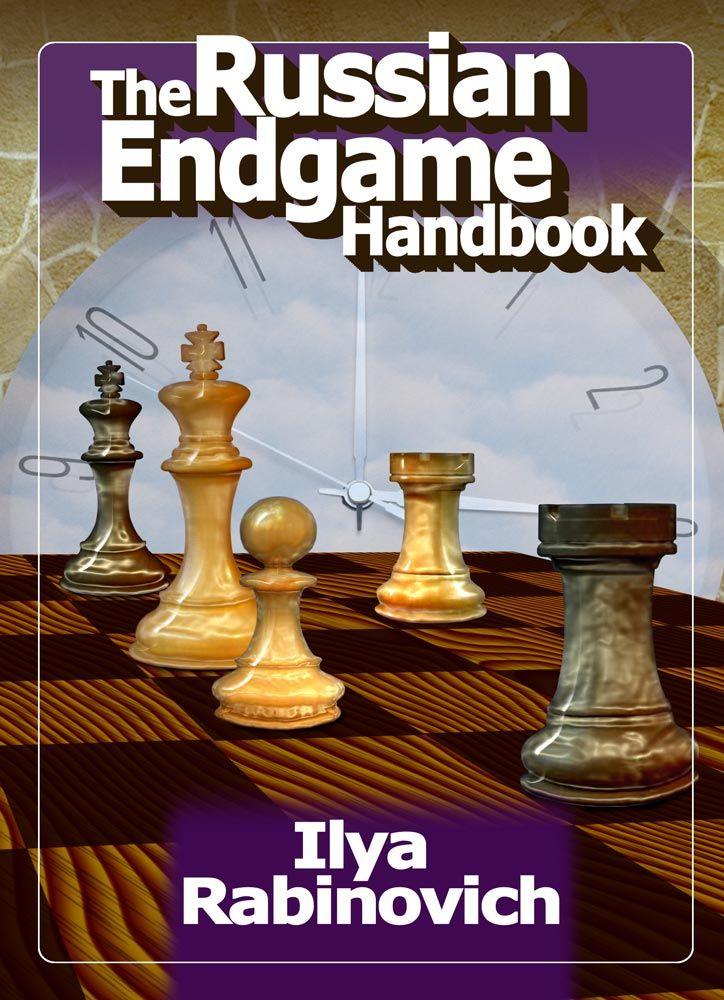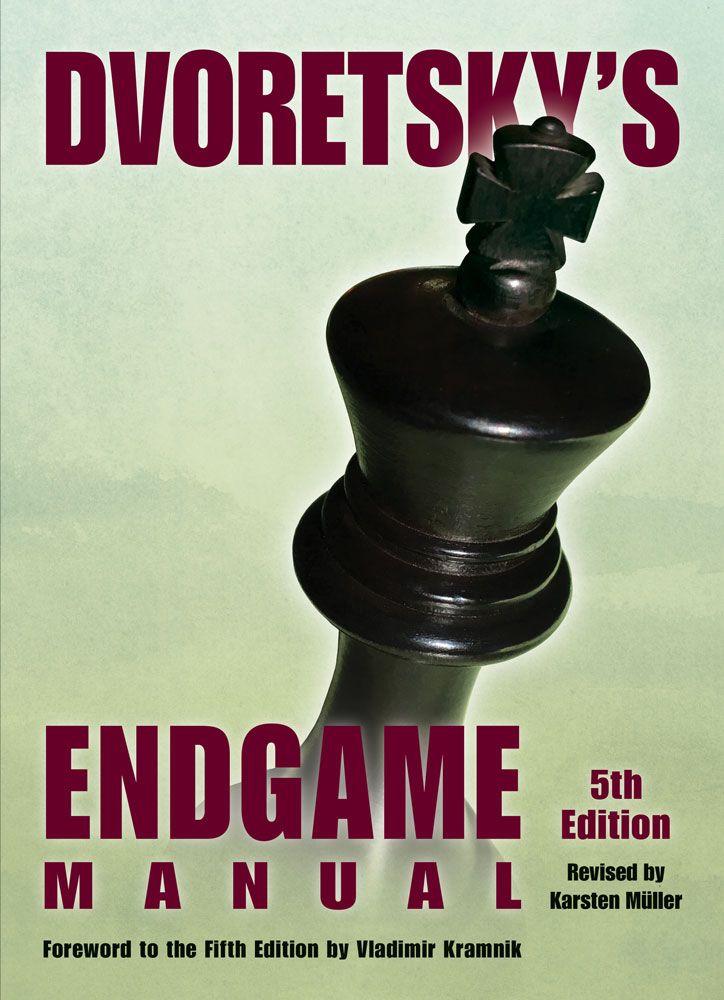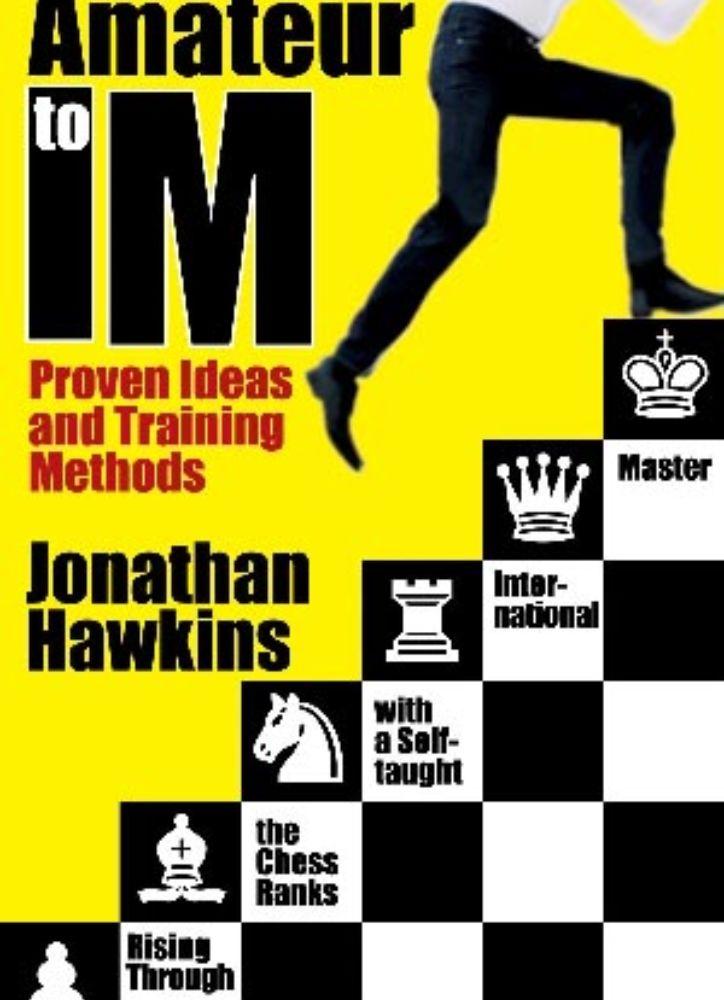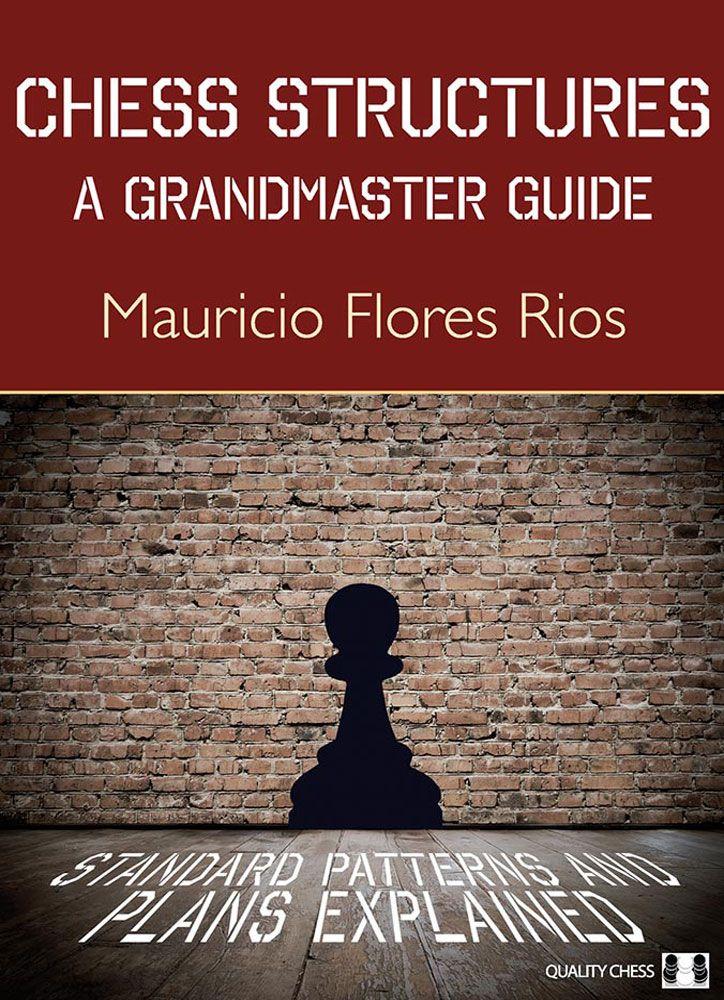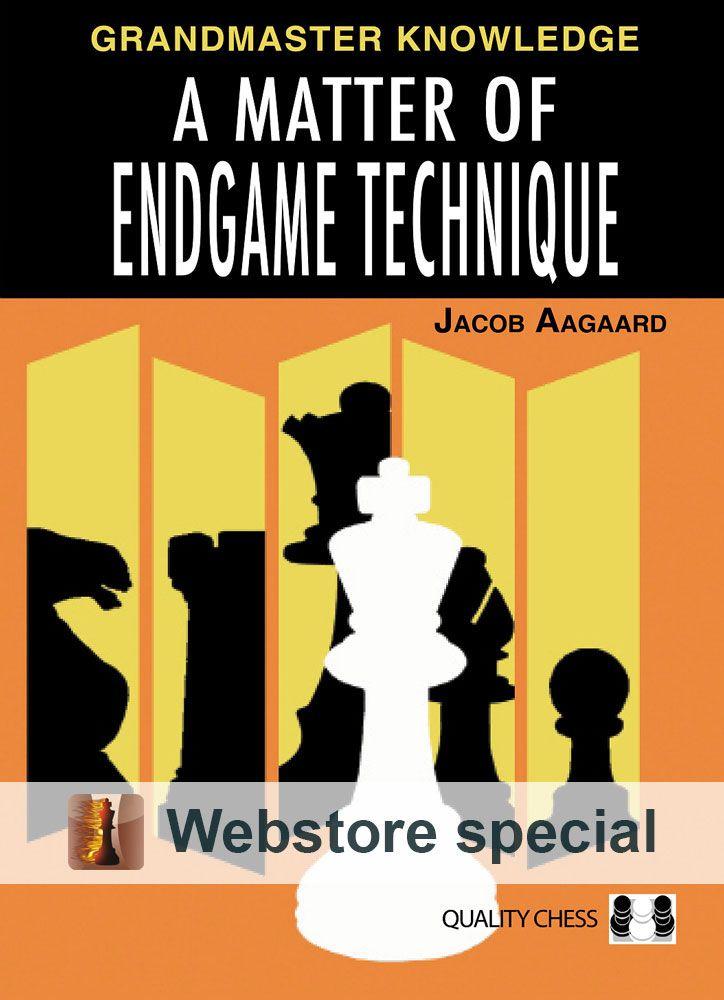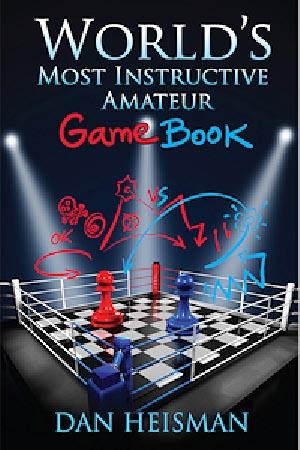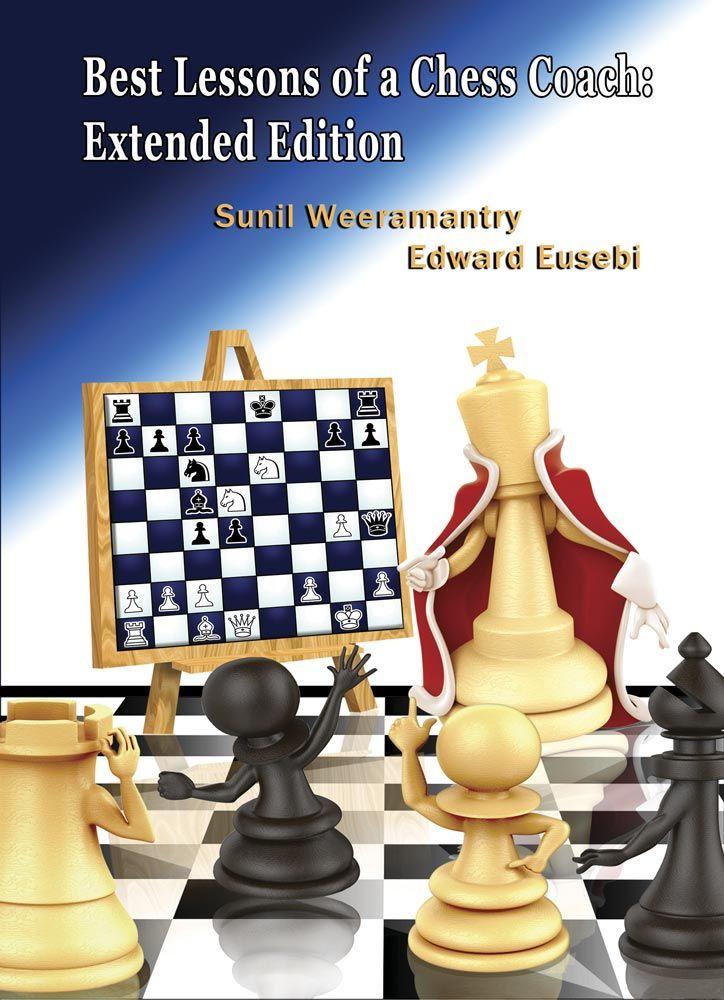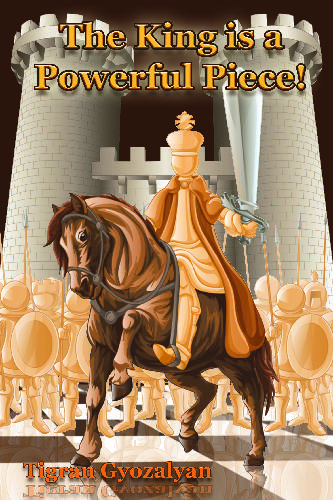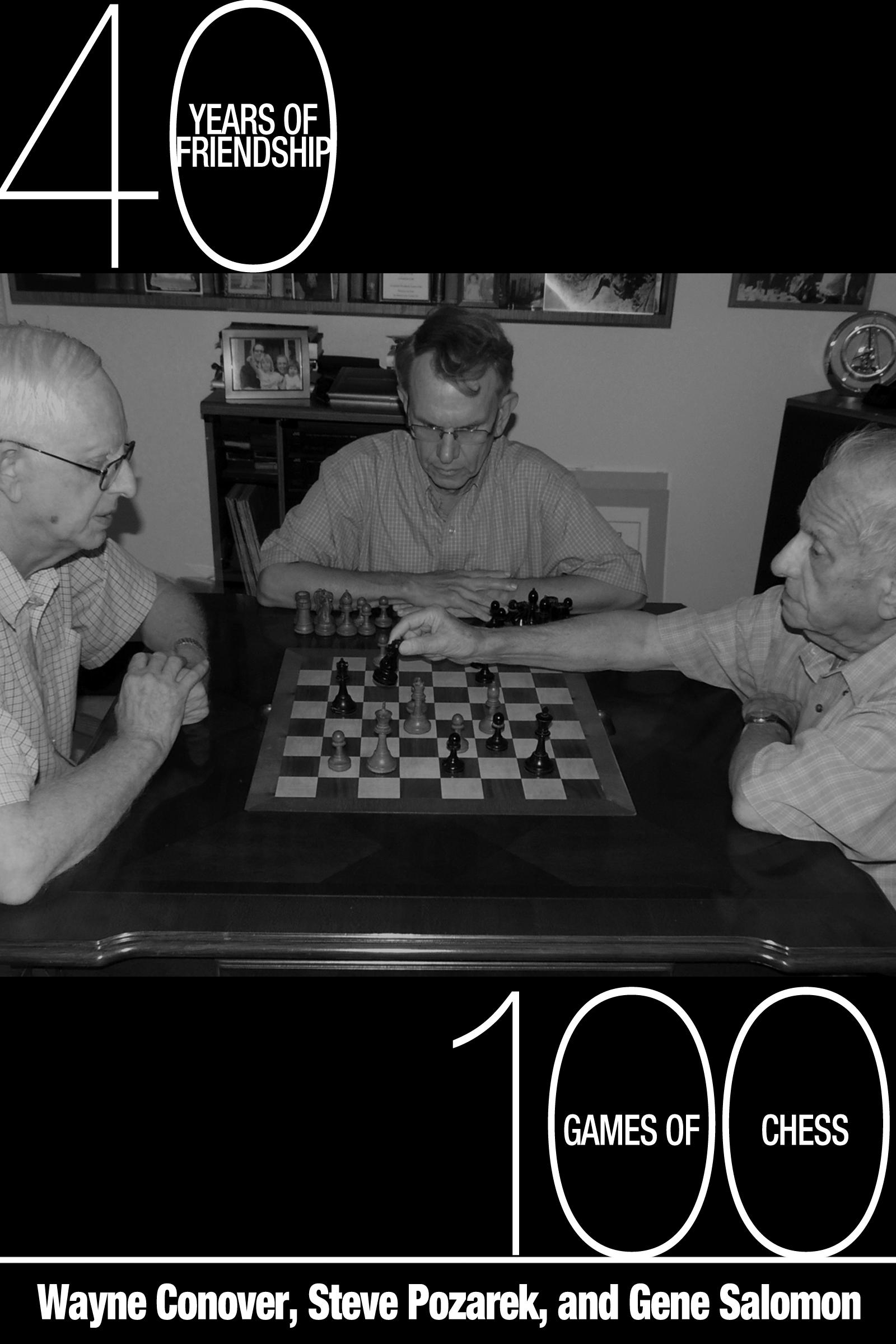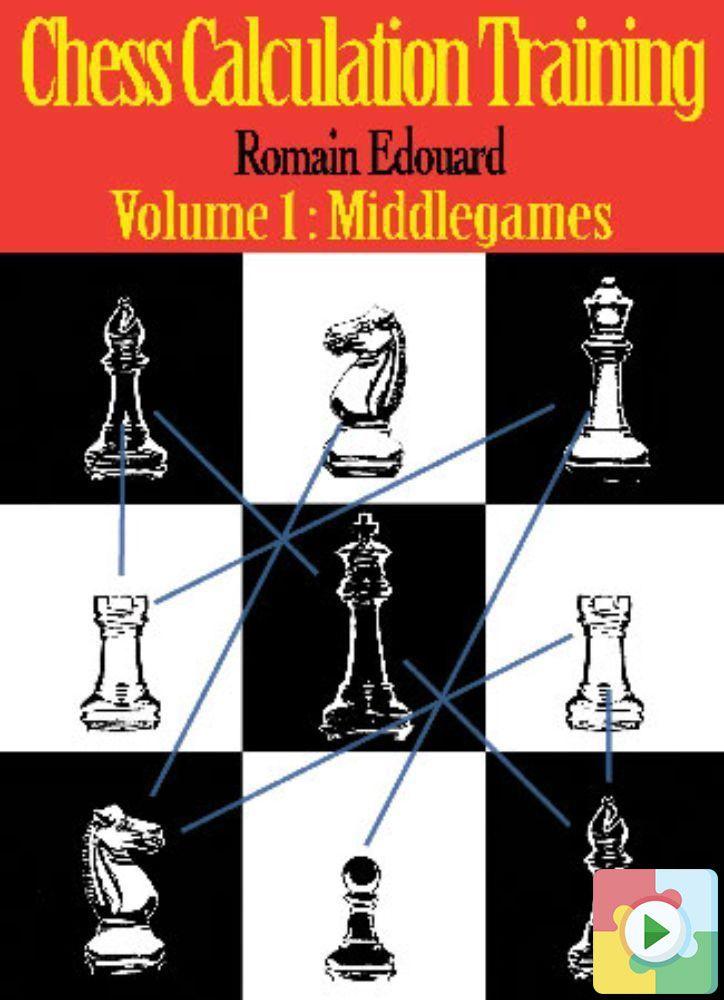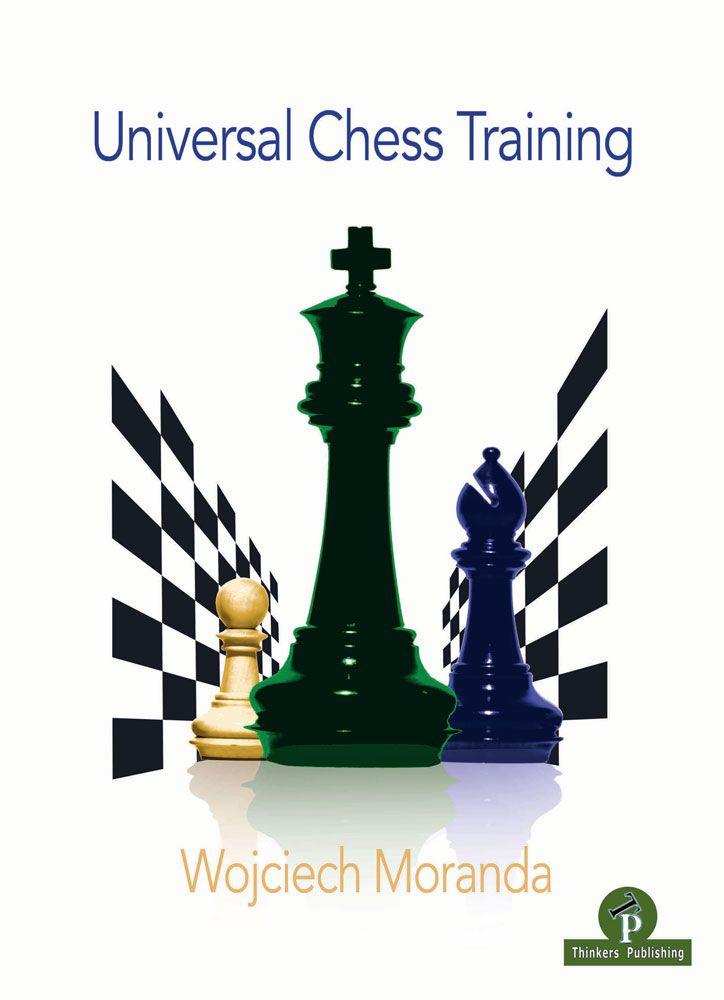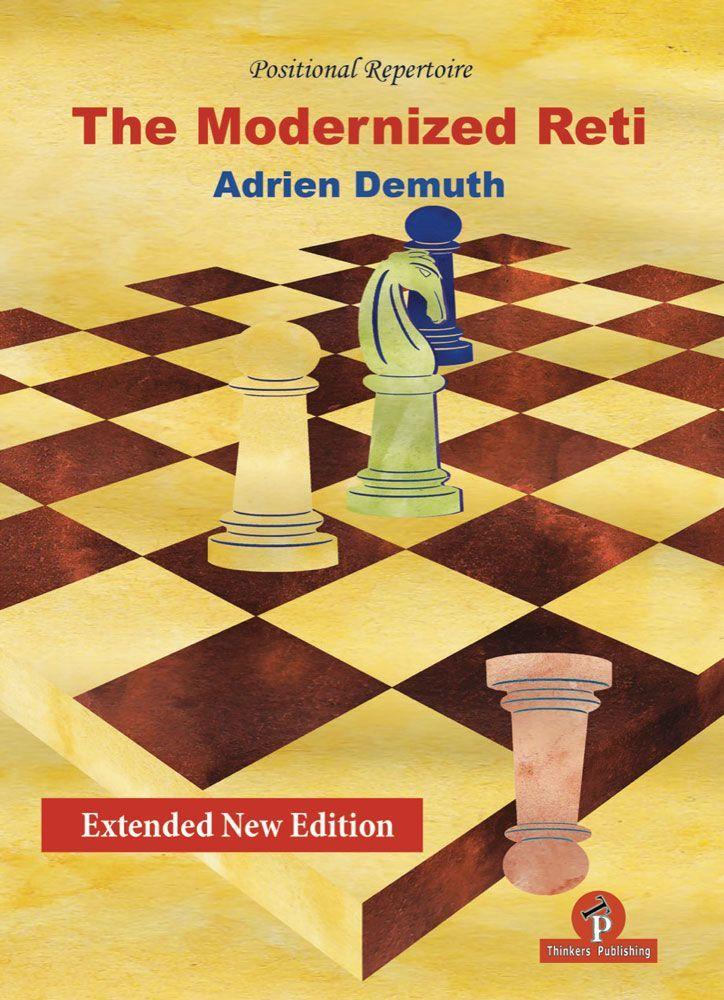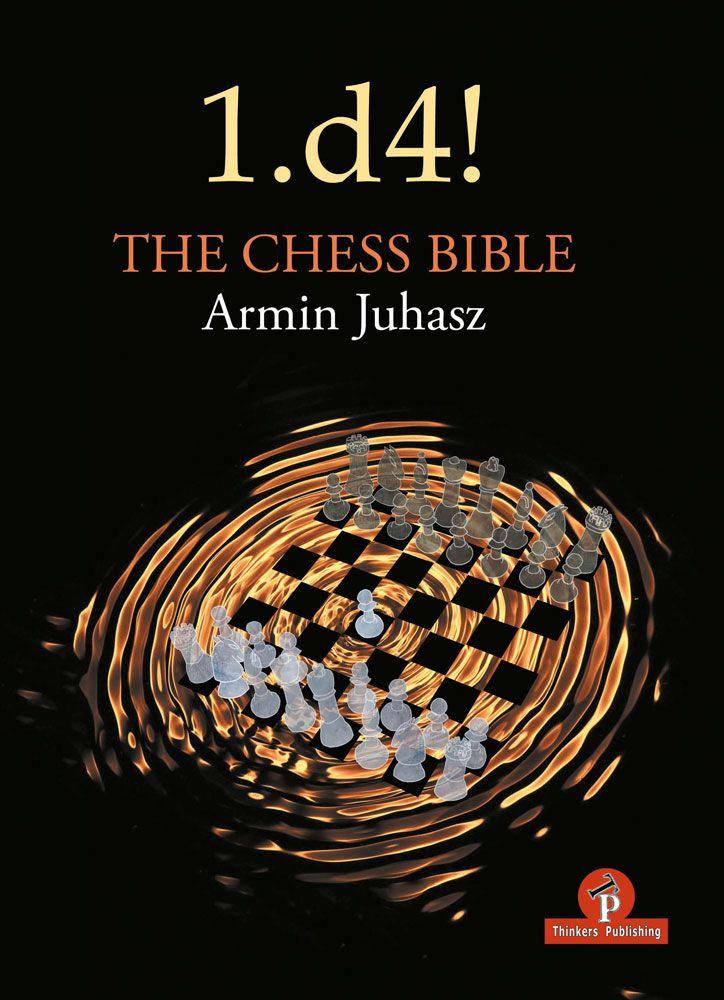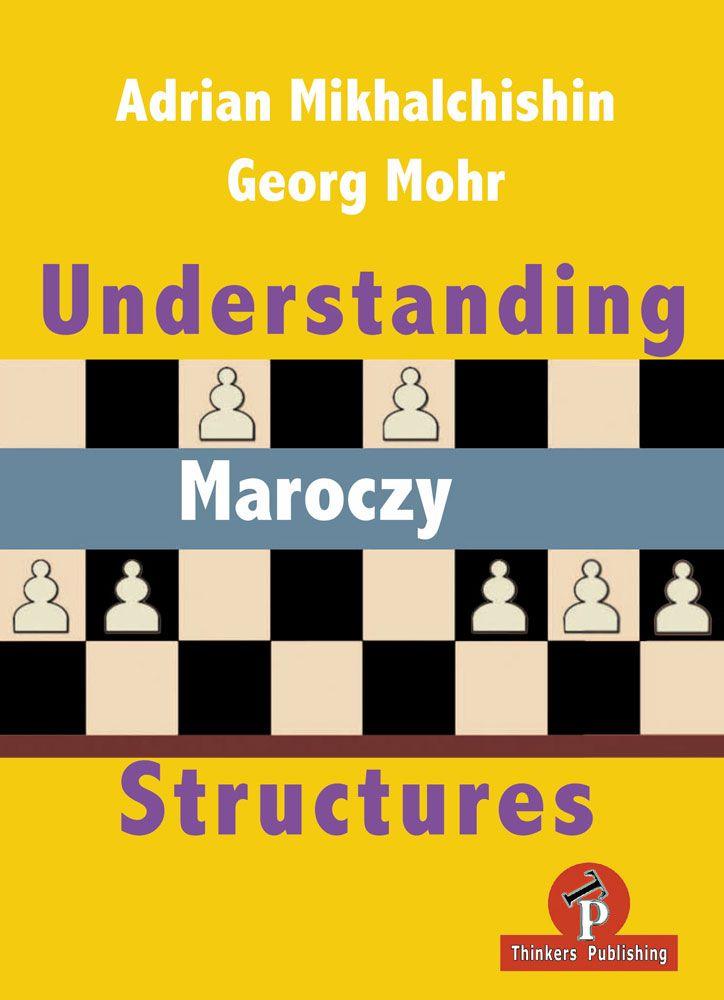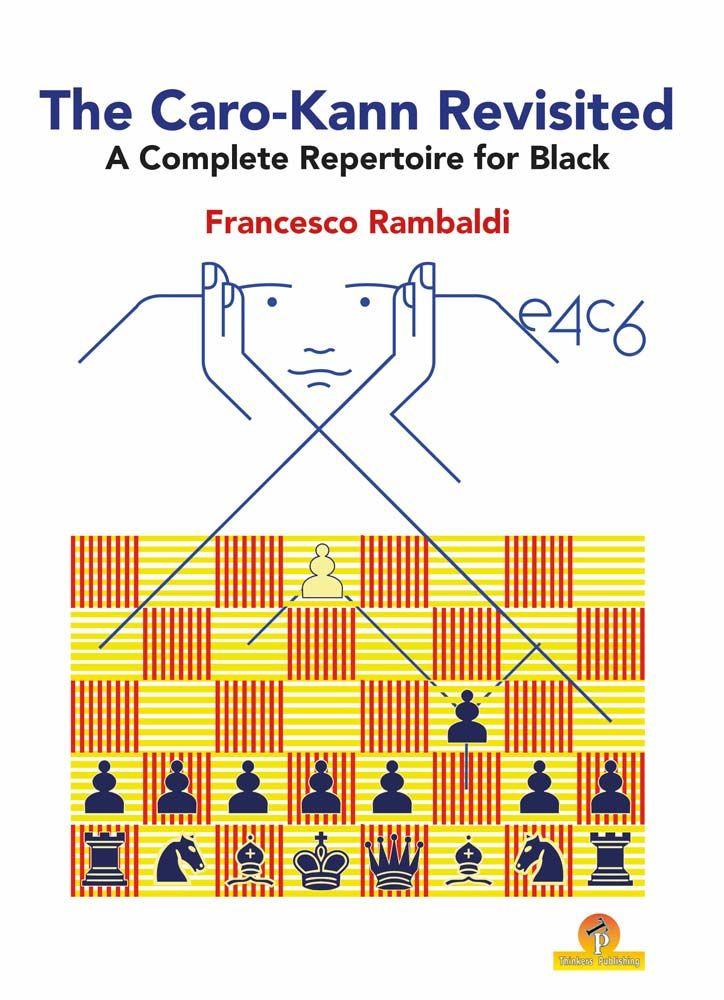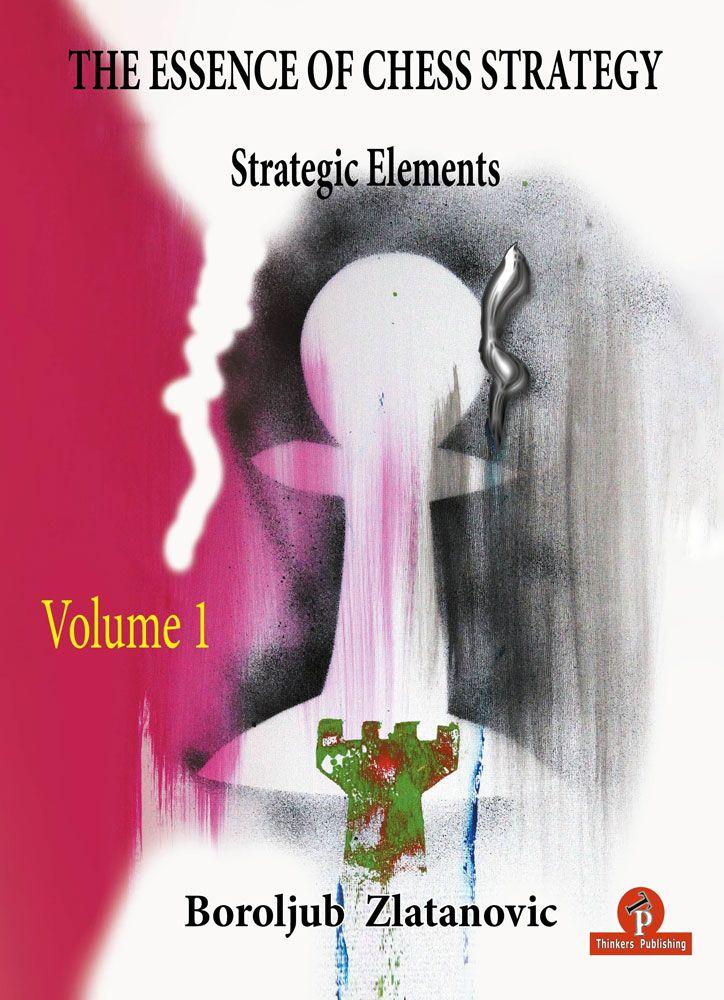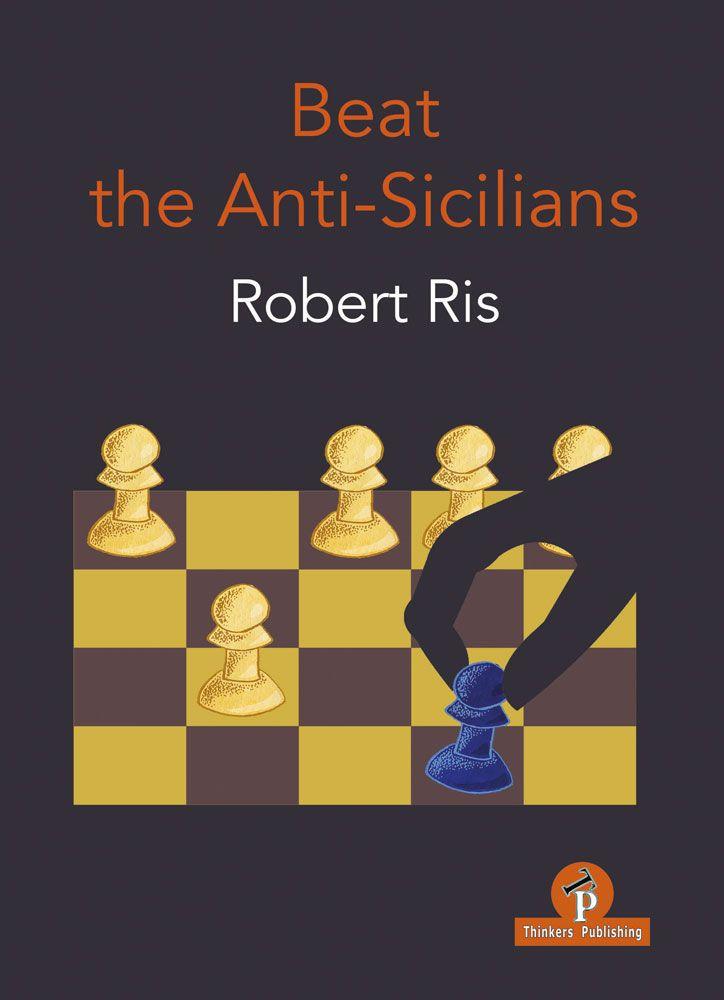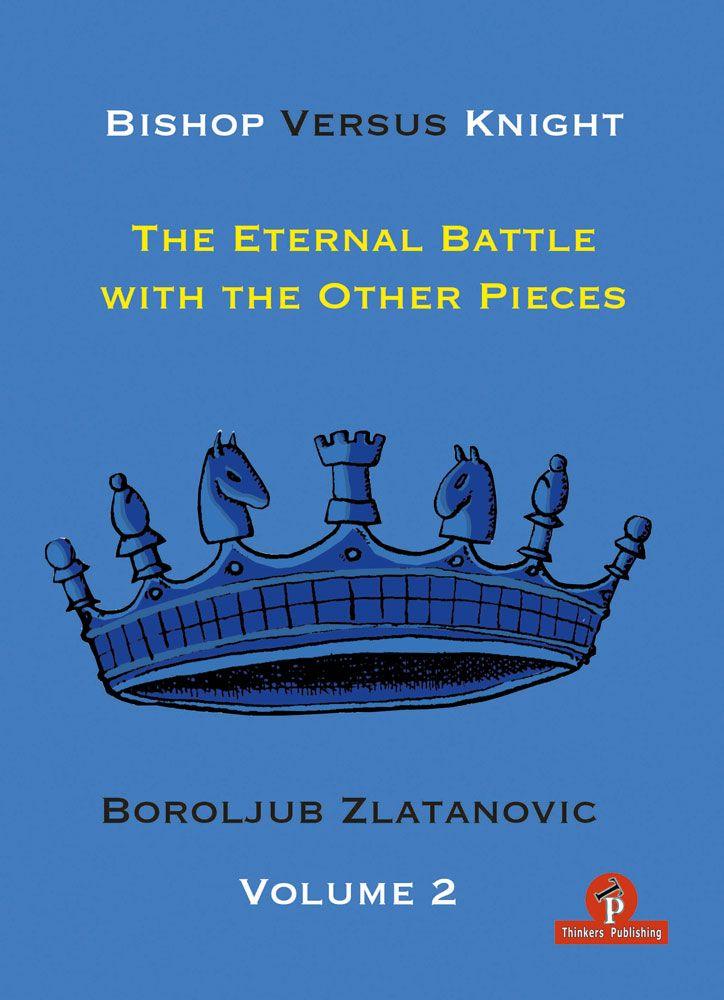
Bishop versus Knight - The Eternal Battle, Volume 2
The material is divided into four chapters, and two parts, depending if we have an endgame with queens or rooks on the board. I have decided to keep the focus on endgames because in middlegames, some other factors may simply prevail. In endgames, the importance of having a knight against a bishop just increases! For easier understanding, I suggest that before studying any example, you should determine which side will prevail and you can find the solutions yourself. Of course, you can work directly from the book and even skip some examples, and you can analyze them in random order.
In the book, you will find Capablanca’s famous postulate about the queen and knight cooperating better than the queen and bishop, and some exceptions as well. For first time, you will hear of my audacious “postulate” that a rook and knight will “more often” prevail over a rook and bishop combination. I know this may sound absurd. I know Tal and Fischer would have disagreed and probably would have been indignant to hear this. I know many strong players would rather have a rook and bishop combination, basing their approach on the past masterpieces of these giants. But what about Rubinstein, and especially Karpov and Andersson – these masters had a great influence on my style and my coaching methods. Furthermore, I have based my “postulate” on statistics that I obtained after deeply searching for examples for this book. I hope it will reopen a debate about this material balance. My opinion is made, and I would like to apologize to all “bishop fans”.
I have decided to use actual words instead of symbols to explain my ideas, methods and plans. I think that it should be right in this computer era that is full of numbers, digits, etc. that words and sentences from the coach are simply irreplaceable to explain strategy and endgames.
I am sure that this book will demystify that “eternal battle” and help you to broaden your horizons. I am sure you will find a lot for yourself in this book.
